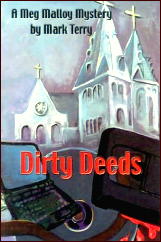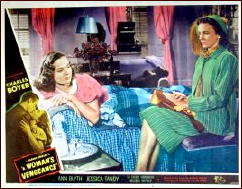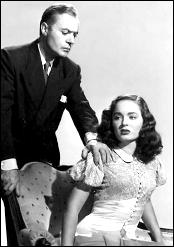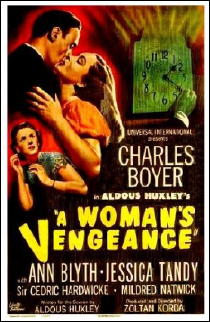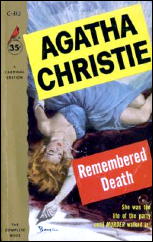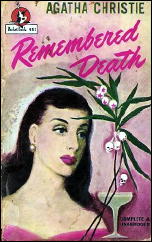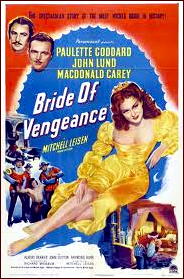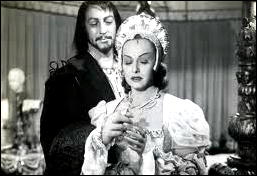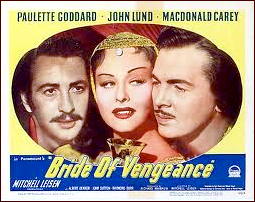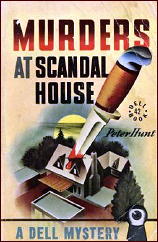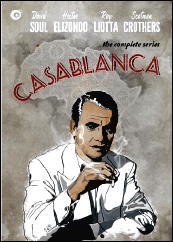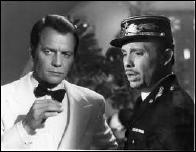Mon 4 Feb 2013
Mike Nevins on a (Possibly) Unknown ELLERY QUEEN Novel & More AVALLONEISMS!
Posted by Steve under Authors , Columns[9] Comments
by Francis M. Nevins
Another baffling Ellery Queen mystery! One of the most fascinating letters from Manfred B. Lee to Fred Dannay that Joseph Goodrich didn’t include in his book BLOOD RELATIONS is dated November 3, 1958. More precisely, it’s dated “Nov. 3†with the year added in brackets, presumably by Goodrich.
Right at the start Manny tells Fred: “The novel will not be ready on Dec. 1. Its status is as follows: About 2/3 of the rough draft was done quite a while ago, but I found large sections of it unsatisfactory…and began doing them over.†Then he starts describing the health problems that have kept him from finishing this novel.
Which novel is he talking about? It can’t be THE FINISHING STROKE, which was published very early in 1958. But Manny never wrote another novel from a Dannay synopsis until the late Sixties when he overcame the writer’s block that had handicapped him for almost a decade.
Is it possible that the bracketed date is a mistake, that the letter was actually written a year or two earlier? No! About halfway through the document Manny talks about the live 60-minute Ellery Queen TV series, then starring George Nader. That series was broadcast only during the 1958-59 season. Manny even mentions that the episode shown the previous Friday was based on perhaps the finest of all Queen novels, CAT OF MANY TAILS (1949). We know that the air date of that episode was October 31, 1958, and Manny even mentions that it was shown on Halloween night. There’s not a chance in a trillion that this letter was written at any time other than what its dateline says.
What then are we left with? With the distinct possibility that there exists somewhere an “unknown†Ellery Queen novel, perhaps finished, perhaps unfinished. If so, what a find!
There are other possibilities, but they seem most unlikely. One that I considered and quickly rejected is that the book Manny was working on late in 1958 was published in 1963 as THE PLAYER ON THE OTHER SIDE. If Manny became afflicted with writer’s block soon after writing this letter, Fred might have let his synopsis sit for a few years and then given it to Theodore Sturgeon, who expanded the outline into that novel.
What rules out that theory? Since we know that Manny was working on the book “quite a while†before November 1958, Fred’s synopsis must have been completed earlier. But the outline for THE PLAYER ON THE OTHER SIDE can’t possibly predate the release of Hitchcock’s PSYCHO (1960), to which the plot of PLAYER owes so much. Even assuming that the influence on PLAYER comes not from the movie but from Robert Bloch’s novel of the same name (1959), the time element still eliminates PLAYER as the outline Fred prepared a year before Bloch’s book was published.
Let’s explore another possibility. Might Fred have eventually decided that the novel Manny was working on in 1958 — and may or may not have finished — should be cut down to novelet length? There’s one Queen novelet which just might fit the time frame: “The Death of Don Juan,†which was first published in Argosy, May 1962, and is collected in QUEENS FULL (1965). I can find no positive evidence in support of this theory but nothing against it either.
When speculation fails, search for facts. I recently emailed Fred’s son Richard Dannay, asking if he had ever seen a manuscript that fit the vague description in Manny’s letter. (If only he had left a hint or two as to what the plot was about!) Richard said no but admitted the possibility that he and his brother Douglas had overlooked something while sorting through their father’s huge accumulation of manuscripts and papers. There the trail ends — unless some intrepid literary sleuth spends months combing through every paper in the Dannay archives at Columbia University. Any volunteers?
For three months I’ve resisted offering another assortment of quotations from the one and only Mike Avallone, but I can’t hold back any longer. Here come some more cubic zirconia from the Ed Word of the written wood, all from THE SECOND SECRET (1966, as by Edwina Noone), the same epic from which I culled quotations back in November. With the iron self-control of the Spartan boy who hid the fox under his tunic I shall limit myself to six new ones.
The poor Freneaus. For all their wealth and position, they certainly had not had a barrel of skittles. (22)
A peach that hung in their midst for years had been abruptly plucked from the communal tree and now no one knew what was in store for her. (46)
She stood on the boarded sidewalks of the town, staring after the carriage, a bouquet of tulips sprayed over her worn fingers. (46)
As close as Clara was now, both physically and relationally, she was as distant and remote as the stars… The gossamer veil, netting Clara Freneau’s wantonly darkish face was insufficient to completely mask the hostility of the woman. (47)
“It was such a beautiful ceremony. Thank you for being bridesmaid.â€
“You’re welcome, my dear… You may thank my late father’s sword also since it served as your best man.†(47)
Thank you, Mr. Sword. And thanks also to Mike Avallone, whose wacko way with words can lift me out of the blackest moods.
